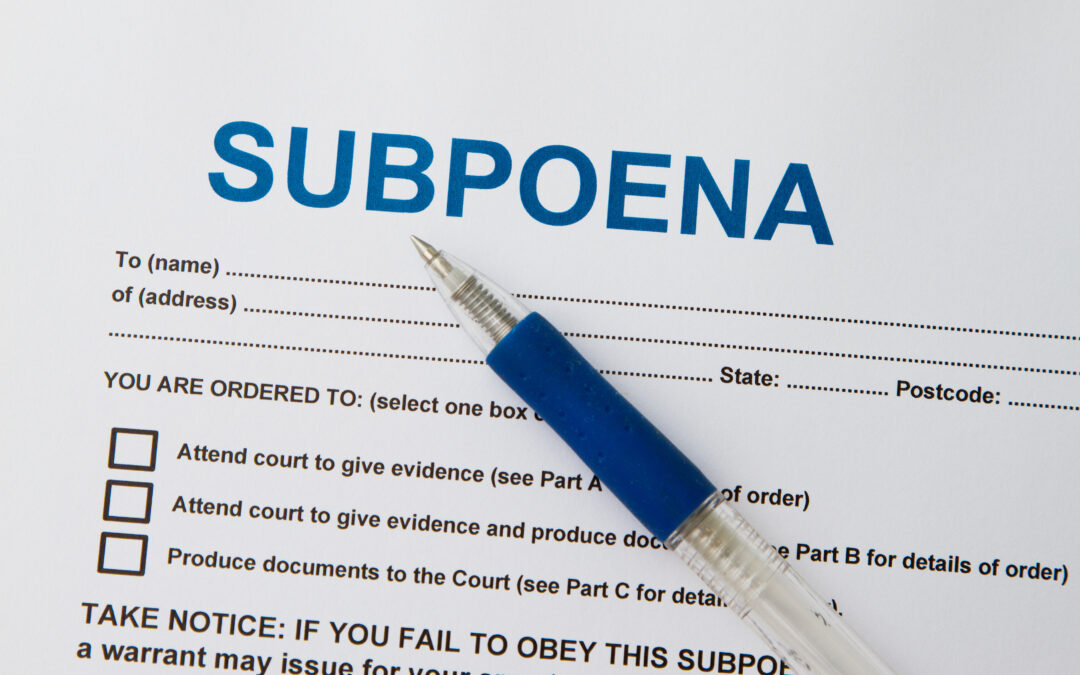The US Department of Labor (DOL) has issued a temporary rule regarding the Families First Coronavirus Response Act (“FFCRA”). Our previous coverage of DOL’s Q&A Guidance can be found here and here. The DOL also previously issued a sample notice and a Field Assistance Bulletin. Below is a brief, high-level summary of the key takeaways from the temporary rule:
An employer allowing an employee to telework is not required to count as “hours worked” all time between the first and last principal activity performed by the employee while teleworking. Instead, the employee must record each hour worked and the employer must compensate the employee only for the hours worked during a workday when the employee is teleworking. This allows for interruptions in the employee’s workday to care for children who may be home without school or a caregiver, or for an individual who is subject to quarantine due to COVID-19.
No. An employee is not entitled to paid sick leave or expanded FMLA leave under FFCRA if the employer has no work for the employee. However, the employee may be eligible to receive unemployment benefits.
An “individual” must be in a “personal relationship” with the employee: immediate family, roommate, “or similar person with a relationship that creates the expectation that the employee would care for the person.”
May both parents take paid sick leave or expanded FMLA leave to care for their child whose school or place of care is closed, or whose child care provider is unavailable, because of COVID-19 related reasons?
An employee who receives FFCRA leave in order to care for the employee’s child must need to provide care for the child. If the other parent, guardian or regular caregiver is available and able to provide care for the child, the employee is not entitled to receive FFCRA leave.
How do I calculate paid sick leave compensation for a part-time employee?
There are two formulas for an employer to choose to calculate paid sick leave compensation for a part-time employee (an employee who works less than 40 hours per week).
- 14 x (number of hours scheduled per calendar day, averaged over the previous 6 months)
- 2 x (number of hours scheduled per workweek, averaged over the previous 6 months)
Note: The US Department of Labor (“DOL”) is defining full-time as 40 hours or more per week, and part-time as less than 40 hours per week. Therefore, although an employer may classify employees who are regularly scheduled to work less than 40 hours per week as “full-time” for purposes of the employer’s benefits, these employees are considered part-time under the FFCRA for purposes of calculating paid sick leave or expanded FMLA leave.
If my full-time employees are regularly scheduled to work only 36 hours per week, does than entitle a “full-time” employee to 80 hours or 2 weeks (10 working days) of paid sick leave?
To clarify the inconsistency between “80 hours” of paid sick leave and “2 weeks” of expanded FMLA and allow those two benefits to be utilized together by employees, the DOL has stated that employees are limited to 2 weeks of paid sick leave and 12 weeks of expanded FMLA, the first 2 weeks (not 10 days) of which are unpaid.
What documentation in support of paid sick leave or expanded FMLA leave must an employee provide?
An employee must provide:
- A signed statement containing: (i) the employee’s name; (ii) the date(s) for which leave is requested; (iii) the COVID-19 qualifying reason for the leave; and (iv) a statement representing that the employee is unable to work or telework because of the COVID-19 qualifying reason.
- If an employee is requesting leave due to a need to self-quarantine due to government order, the employee must provide the name of the government entity that issued the quarantine or isolation order.
- If an employee is requesting leave due to a need to isolate or self-quarantine due to the advice of the employee’s healthcare provider, the employee must provide the name of the healthcare provider who advised the employee to self-quarantine.
- If an employee is requesting leave due to a need to care for an individual, the employee must provide either the name of the government entity that issued the quarantine or isolation order, or the name of the healthcare provider who advised the individual to self-quarantine, depending on the precise reason for the request.
- If an employee is requesting leave due to a need to care for his or her child, the employee must provide: (i) the name of the child being cared for; (ii) the name of the school, place of care, or child care provider that closed or became unavailable; and (iii) a statement representing that no other suitable person is available to care for the child during the period of requested leave.
If an employee takes 2 weeks of paid sick leave from Employer A, then changes employment before December 31, 2020, is the employee eligible for another 2 weeks of paid sick leave from Employer B if the employee has another qualifying reason?
No. Once an employee receives 2 weeks of paid sick leave from any employer under FFCRA, the employee is not entitled to another paid sick leave from a new employer under FFCRA if the employee changes employment before December 31, 2020.
The COVID-19 pandemic and response is an evolving situation. All levels of government are engaged in the process of preparing new legislation, regulations and orders both to stem the spread of the virus and to provide relief to employers and employees. We will continue to monitor the situation and provide updates as applicable, especially as such updates affect healthcare providers and their practices.
For more updates on this topic and other legal updates related to the COVID-19 pandemic, please visit our COVID-19 Legal Resource Page by clicking


